Affiliate links on Android Authority may earn us a commission. Learn more.
What Google I/O tells us about the future of Android
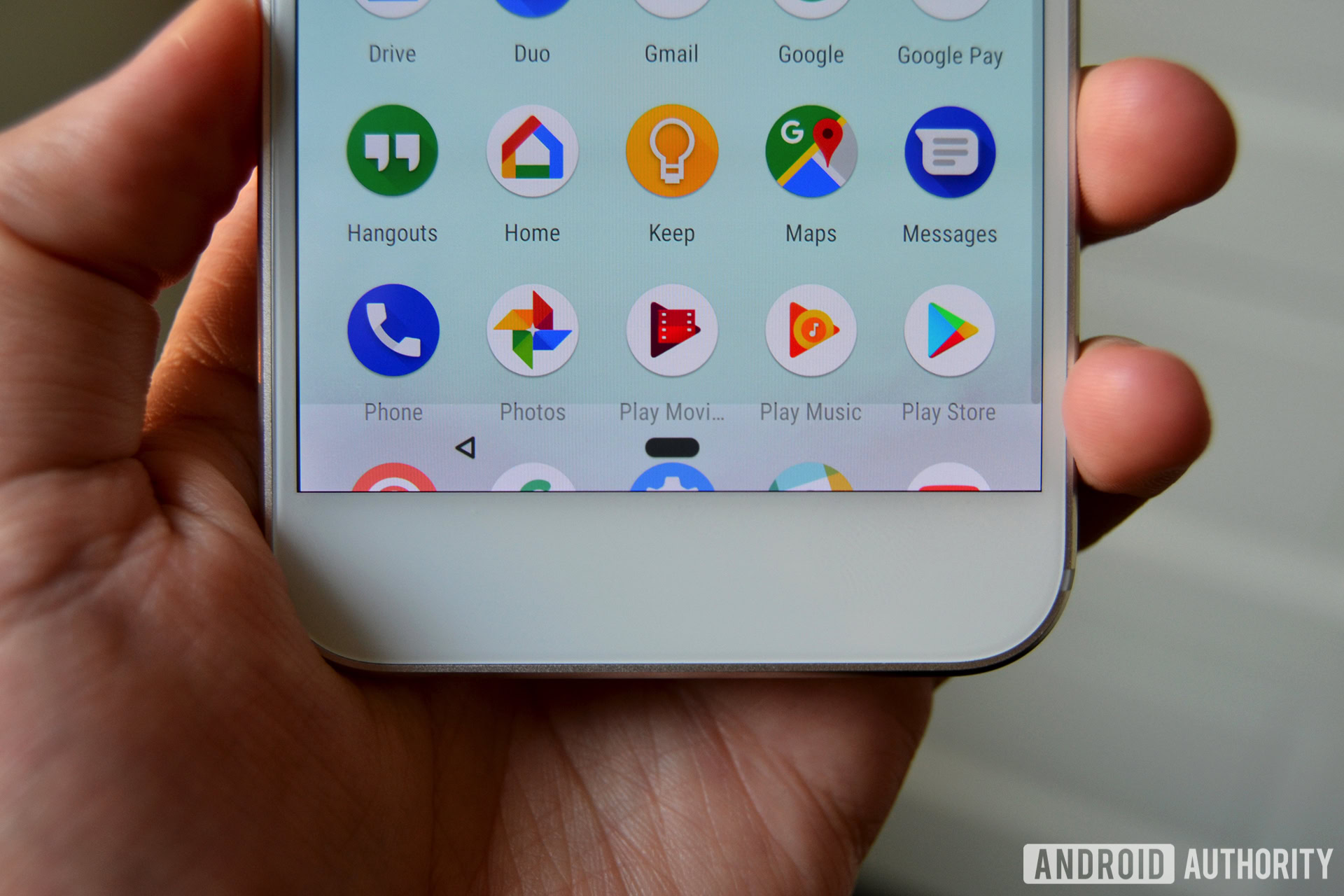
Android P is nearly upon us, and we now have a pretty good idea about what new features and UX elements will be shipping with its final build. There have been quite a few notable changes in direction from the Nougat and Oreo days. The talks and tidbits of information from the 2018 Google I/O developer conference give us insight into what the future of Android will probably look like too.
A more secure OS
One of the most promising announcement from Google I/O was the status of Android P and the announcement that seven smartphone brands, in addition to Google, are already rolling out Beta versions for early testing. We expected many brands to get a head start on Android P for their devices, but pre-release builds for anything other than Google devices is a new phenomenon. It bodes well for faster deployment times when the final release rolls around.
The Essential, Nokia, Xiaomi, OnePlus, vivo, Sony, and OPPO names were announced during the Google I/O keynote. We’ve already had a play around with the Essential phone’s version. Some of the bigger brands, like Samsung for instance, are absent from the list, but that’s perhaps to be expected. The company tweaks Android far more than handsets that are part of the beta program, which all have stock or stock-like Android experiences. But if these smaller companies are getting in early, hopefully Samsung, LG, HUAWEI, and others are putting their bigger development budgets behind fast updates too.
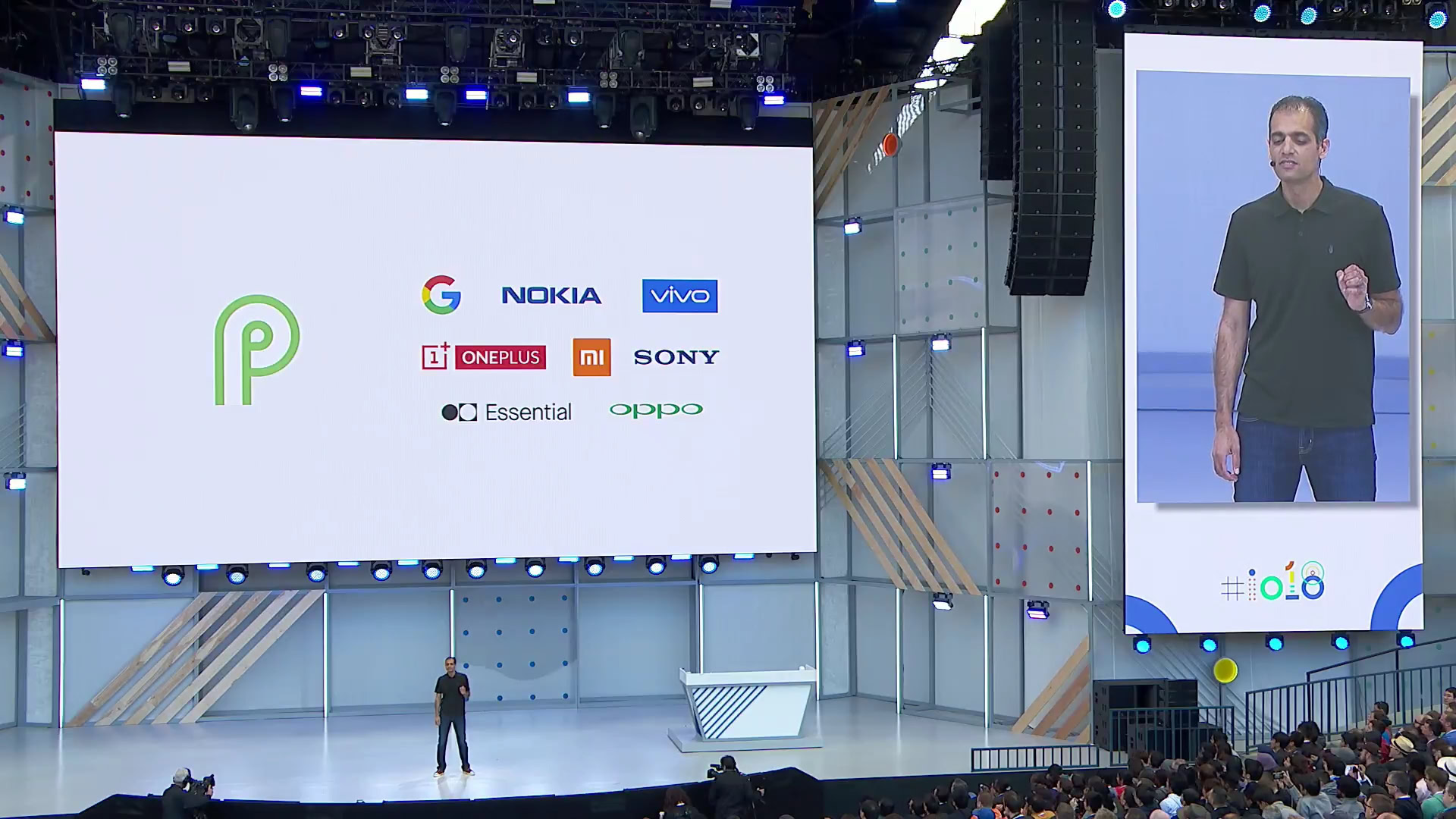
The reason for the faster update schedule is due to two factors. The work done by Google on Project Treble, which was introduced with Oreo, defined and separated the OS framework from the hardware driver layer, making it easier and faster to port newer versions of Android going forward.
The second part of this equation is the role hardware and chip vendors like Qualcomm and HiSilicon play in distributing a new version of Android. Software still comes from Google to the chip vendors before shipping out to smartphone manufacturers, but it’s a more streamlined verification process. Drivers should no longer need updating to ensure ISPs, DSPs, Bluetooth, and more continue to function with a newer version of Android. It’s a far faster process for chip vendors, which means a faster turnaround time from when the OS leaves Google to when it reaches OEMs.
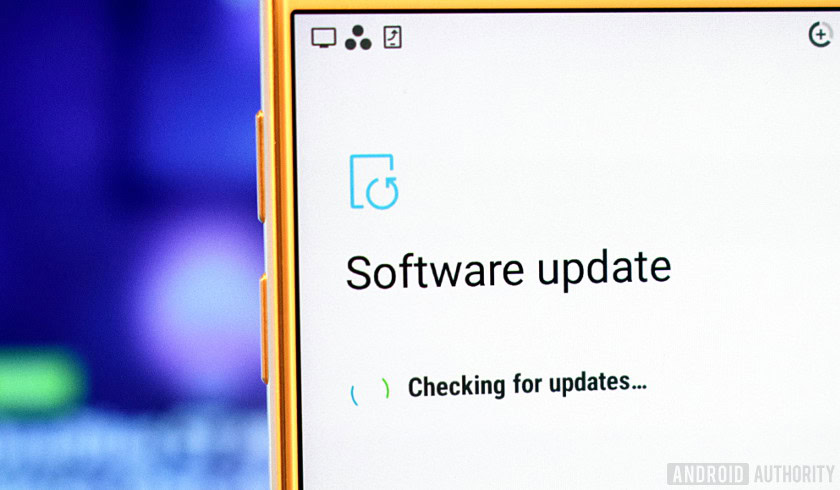
Stock software experiences like those offered by Android One or Essential can therefore be very quickly applied to existing hardware. Project Treble should also expedite deployment times for multiple devices running on the same chipset, like HUAWEI’s Mate 10 and P20, and even different chipsets, like Samsung’s Exynos and Qualcomm Galaxy S9 variants. Google is also looking to enforce faster security updates from its partners too, so it looks like the company finally has a handle on the security and hopefully the fragmentation situation.
Apps and Android working in harmony
Smarter shortcuts have been around for a while now, but Android P is taking this idea up a notch by offering a wider selection of integrations with third-party apps directly into the core OS. The new App Actions and Slices feature demonstrate this ethos perfectly.
App Actions are a more intelligent take on the existing formula. They predict the quick action you’ll want to take based on your usage history. This can manifest in a variety of different ways, from recommendations in the app drawer, to automatically launching your favorite music app when plugging in headphones. Rather than finding the Maps icon and long pressing to quickly navigate home, App Actions should automatically make this recommendation to you at the end of the workday.
Google is giving developers better tools to weave their apps into the main OS experience.
Slices are a similar extension of this idea, where the Google Search bar presents users with contextual suggestions. This goes beyond just suggesting relevant apps though. New APIs mean Search can also pull data from apps to display additional useful information to the user. One example is displaying the ETA for an Uber or Lyft ride directly from Search.
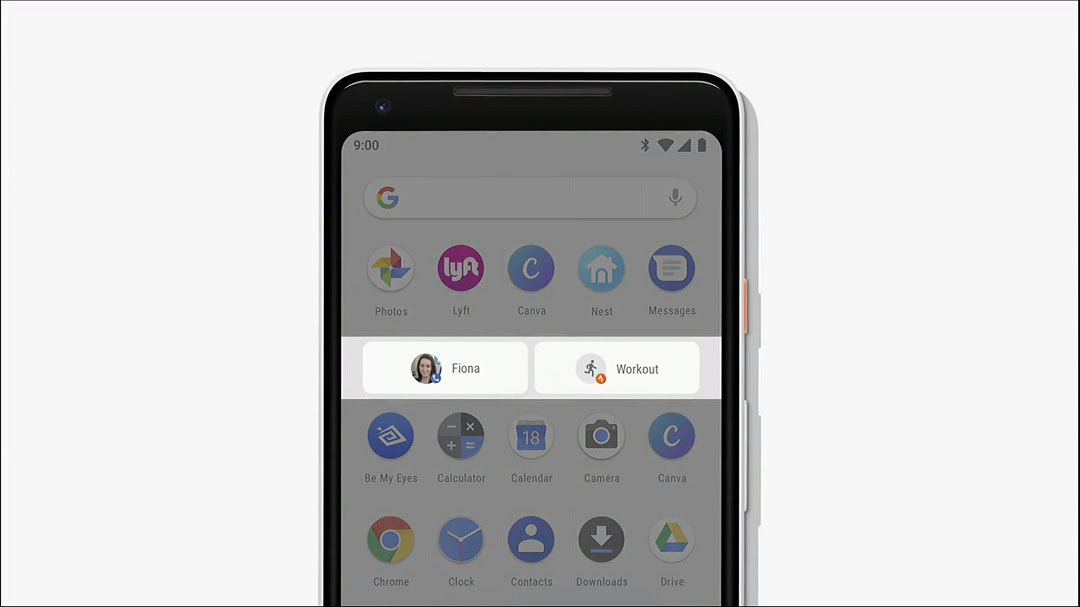
In both these cases, Google is using a combination of contextual information, prediction, and third-party apps to provide users with better interaction and information than ever before. Convenience is the name of the game, resulting in a smarter OS that plays nicely with third-party apps, providing that developers implement the newer code models. It seems almost certain that Google will want to take these ideas even further in the future.
Assistant at the core
If intelligence is going to become the core of the Android OS it seems obvious Google Assistant is going to remain a core part of Android going forward. Assistant is not just limited to the smartphone though, it’s supported across low power Android Things products, it’s already in the company’s own smart displays and speakers, as well as those of third-party brands, and it was recently introduced to Android Auto, too.
Assistant has already become a unifying feature across all of Google’s platforms, and the feature looks set to expand further. New interactions have been introduced to support smart displays, including video playback and even voice-controlled games with graphics, there are new visual cues for Maps, and Assistant is due to land in a lot more countries before the end of the year.
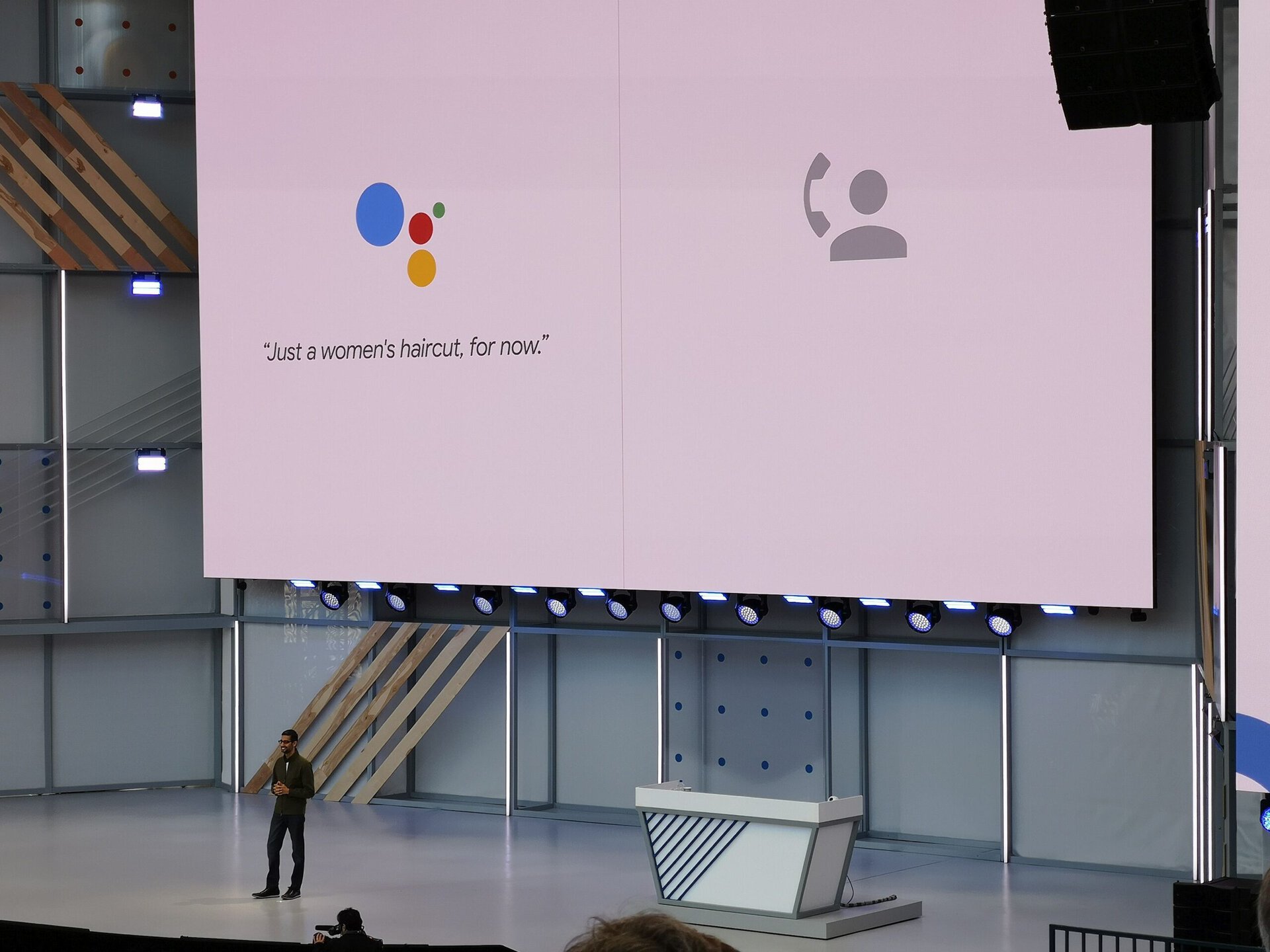
The Duplex demo, arguably the star of I/O 2018, showcases how hard Google is working to make Assistant a seamless experience. Moving forward, Assistant is going to be able to perform many more tasks autonomously and integrate itself deeper into the OS and apps. To achieve this, talk of a “human-centric” approach to machine learning and AI was littered across talks at I/O, and the six more realistic voices show Google is keen to improve the way we interact with Assistant further still.
Google wants Assistant to be everywhere and will continue to push the software across its various ecosystems over the coming months and years.
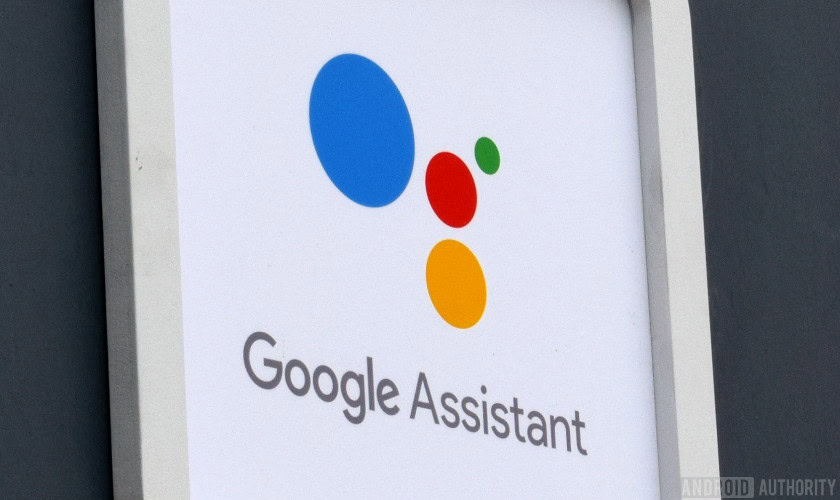
Wrap up
Android P is bringing a lot of visual changes, including the new clock position, revised recent menu, and gesture navigation, that will change the way Android looks and feels going forward. But Google has longer-term plans too. Faster updates to improve security, deeper third-party app integrations, and a more powerful Google Assistant stick out as the key aspects likely to define the OS going forward.
Google’s switch to an AI-first company has clearly already had an influence on Android P, and machine learning is the one key technology that’s going to shape almost all of the company’s products in the coming years.
Did we miss any key trends? What do you think the future of Android is going to look like?